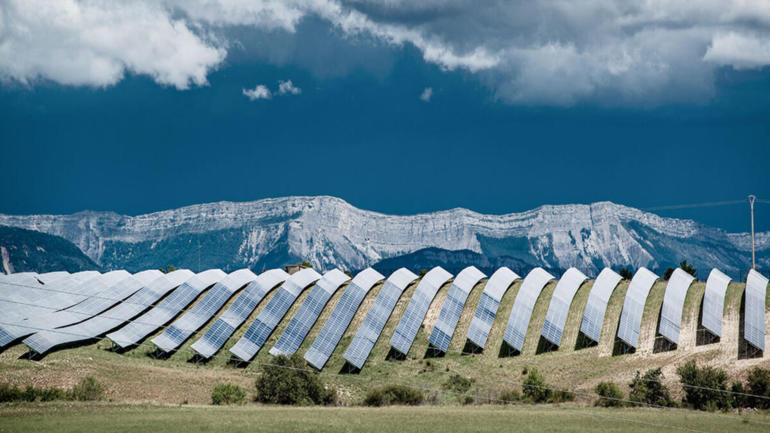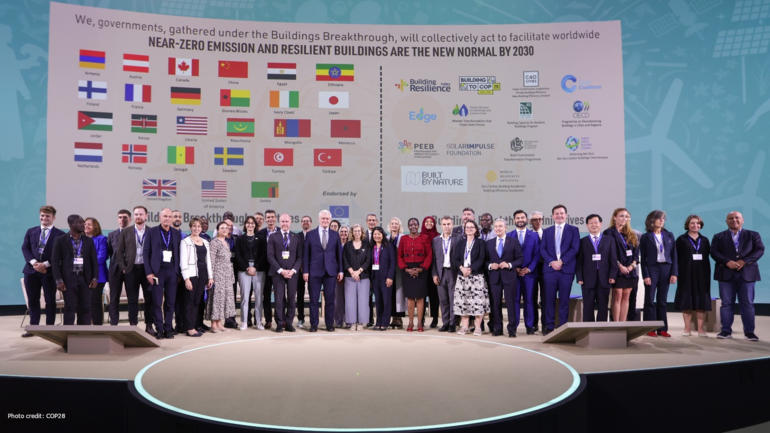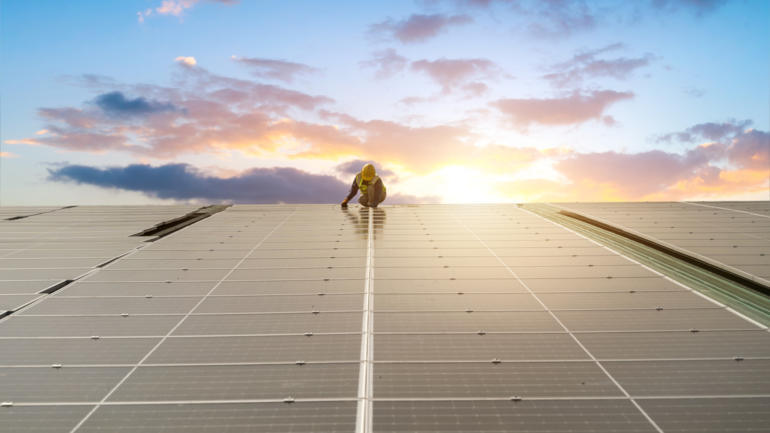Geneva, 17 December 2020: Emissions from the operation of buildings hit their highest-ever level in 2019, moving the buildings and construction sector further away from fulfilling its huge potential to slow climate change and contribute significantly to the goals of the Paris Agreement, according to the 2020 Global Status Report for Buildings and Construction, released yesterday.
The Global Status Report is a flagship product of the Global Alliance for Buildings and Construction (GlobalABC), a leading global platform for governments, businesses and international organizations working together to achieve a zero-emission, efficient and resilient buildings and construction sector. As co-chairs of the GlobalABC Steering Committee, WBCSD welcomes the new Global Status Report which provides an annual snapshot of the progress of the sector on a global scale and reviews the status of policies, finance, technologies, and solutions to monitor whether the sector is aligned with the Paris Agreement goals. This year's report also features chapters on COVID-19 impacts and opportunities, and on materials, health, nature-based solutions, and cooling for resilience.
The report found that while global building energy consumption remained steady year-on-year, energy-related CO2 emissions from building construction and operation increased to 9.95 gigatons of CO2 in 2019. This increase was due to a shift away from the direct use of coal, oil and traditional biomass towards electricity, which had a higher carbon content due to the high proportion of fossil fuels used in generation.
Pandemic recovery packages provide an opportunity to push deep building renovation and performance standards for newly constructed buildings, and rapidly cut emissions. The forthcoming update of climate pledges under the Paris Agreement – known as nationally determined contributions or NDCs – also offer an opportunity to sharpen existing measures and include new commitments.
“Rising emissions in the buildings and construction sector emphasize the urgent need for a triple strategy to aggressively reduce energy demand in the built environment, decarbonize the power sector and implement materials strategies that reduce lifecycle carbon emissions,” said Inger Andersen, Executive Director, UN Environment Programme (UNEP).
“Green recovery packages can provide the spark that will get us moving rapidly in the right direction,” she added. “Moving the buildings and construction sector onto a low-carbon pathway will slow climate change and deliver strong economic recovery benefits, so it should be a clear priority for all governments.”
The report states that to get on track to reach a net-zero carbon building stock by 2050, direct building CO2 emissions need to fall by 50% and indirect building sector emissions by 60% by 2030. This equates to building sector emissions decreasing by around 6% per year until 2030, close to the 7% decrease in CO2 emissions that the global energy sector experienced in 2020 due to the pandemic.
“The Global Status Report for Buildings and Construction reminds us of the strong urgency of tackling emissions in the built environment, which constitute almost 40% of global carbon emissions. To do so, we need to understand the roles and responsibilities of all actors involved in developing, financing and constructing built assets, and not least all of us as owners and users. Each of these actors can act in concertation with others. If we are to succeed in driving towards a net-zero built environment, carbon performance needs to become an integral part of the assessment during every transaction all along the value chain,” said Roland Hunziker, Director, Sustainable Buildings & Cities, WBCSD.
According to the report, many low-carbon, circular and nature-based solutions already exist and green buildings represent one of the biggest global investment opportunities in the next decade, estimated to be USD $24.7 trillion by 2030. Government policies and incentives will play an important role in unlocking this opportunity.
To read the full press release, click here.
For more information, please contact Julia Mitic.








